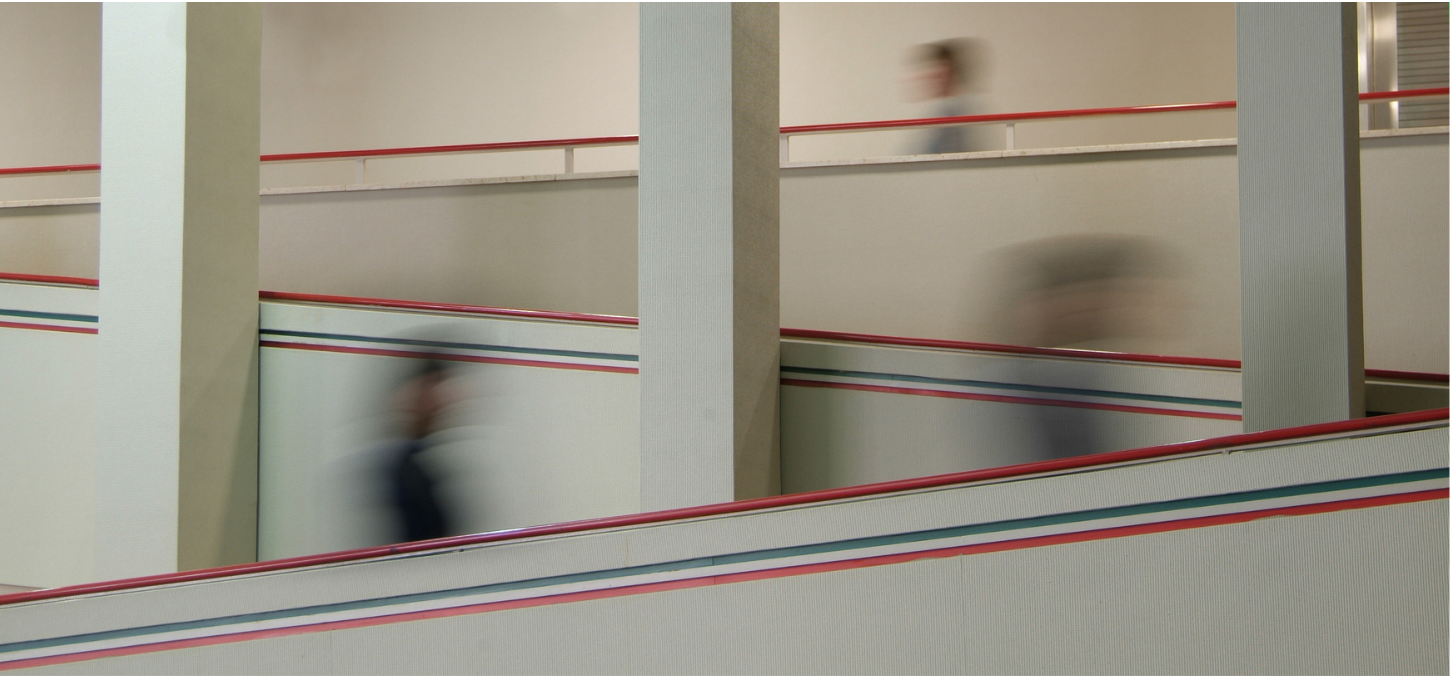
Welcome to the front porch
By Lynn Tomkins
Over my 30 years as a clinical instructor, I have sometimes heard the Faculty of Dentistry referred to as the front porch of the University of Toronto. At first, I thought it an odd description. But I have come to realize that it is quite an apt one.
As far as I know, all the other health sciences students at the university receive their clinical training off-campus: in hospitals, community-based clinics and private practitioners’ offices. Dentistry is different in that we basically operate a mini-hospital on campus. And this is where the idea of the front porch comes in.
Every day, hundreds of patients arrive at the Faculty of Dentistry for treatment by students under supervision. It is one of the few places at U of T where the community at large comes into direct and regular contact with the undergraduate teaching process. In welcoming these patients day after day, the Faculty becomes the front porch of the University — the first, and sometimes the only, contact that many citizens will ever have with U of T.
Certainly, COVID-19 has complicated everyone’s lives, some sadly and tragically. The profession of dentistry at large can take great pride in the way it has pivoted and ensured access to dental care during this difficult time. Dental students are indeed the frontline healthcare workers of U of T and have adapted to working under very trying circumstances. While lectures and didactic courses have been able to switch to online learning, it is simply not possible to teach clinical skills remotely. The student must practice hands-on treatments to acquire the skills they need to meet the competency standards for licensure as dentists, and their patients, many from traditionally underserved communities, need the care, sometimes urgently.
During the pandemic, it has been a tremendous challenge to keep clinics open. Physical changes to create enclosed operatories for aerosol-generating procedures has required some innovative use of space and considerable costs in renovations. The additional personal protective equipment required to render even the simplest treatment is onerous and uncomfortable (and expensive!). Changing clinic hours and start-and-stop times has allowed adequate social distancing for patients and staff but has created staffing challenges, as has the creation of an extra clinic period each day and on Saturdays. These are just some of the measures that the Faculty of Dentistry has undertaken to ensure continuity of care for patients and education for students. I cannot think of another faculty or department at the University that has been so fundamentally and profoundly affected by this pandemic.
I see some of these challenges every week as I teach in the Department of Oral and Maxillofacial Pathology and Oral Medicine. And yet I am struck by the positive attitude of our students and staff, their willingness to show up day after day under trying circumstances and to do their best. I could not be prouder of my colleagues, present and future, and the staff that support us. The lessons learned during these times will stand us in very good stead for whatever the future brings.
Photo by Jeff Comber